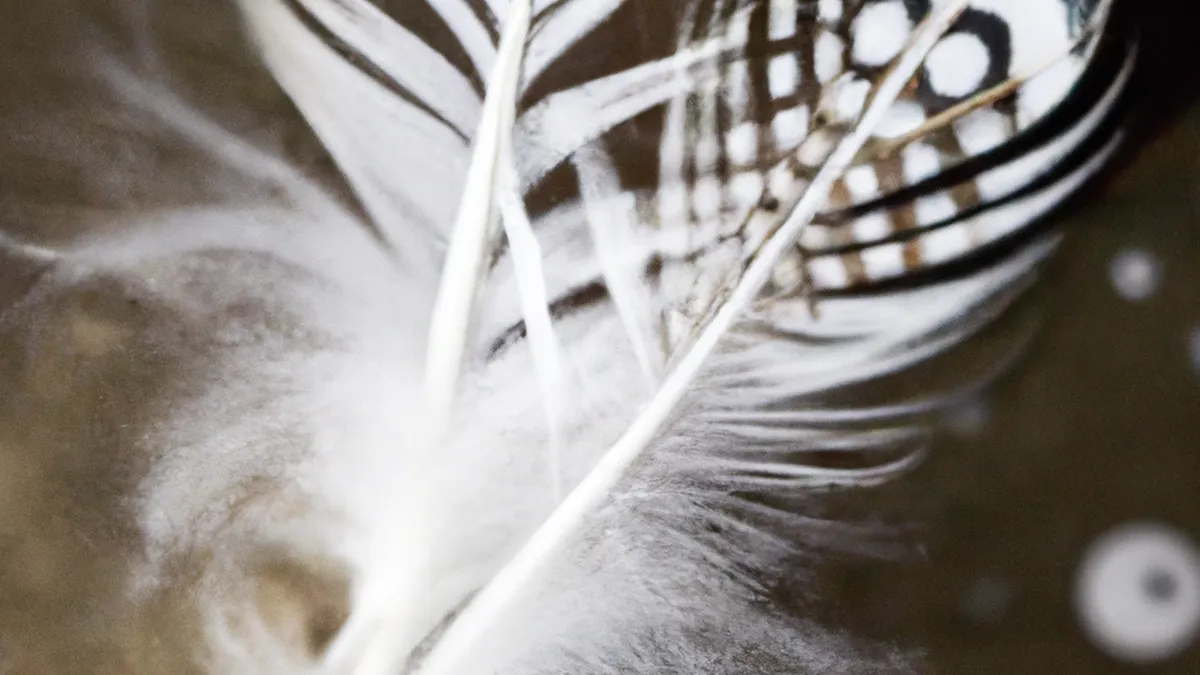Beat Blisters: The Right Socks Matter
The Importance of Moisture-Wicking Socks for Blister Prevention
Blisters can disrupt your day while hiking, running, or walking. These painful fluid pockets form from friction, heat, and moisture. Moisture-wicking socks help prevent this discomfort. They keep your feet dry and comfortable. This article explores moisture-wicking technology, blister formation, sock benefits, and tips for effective use.
Understanding Moisture-Wicking Technology
Moisture-wicking socks pull sweat away from your skin. They effectively manage moisture during physical activities. Manufacturers typically use synthetic fibers like polyester or nylon. These materials draw moisture to the sock’s outer layer for easier evaporation. Keeping your feet dry minimizes friction, which causes blisters.
How Do Blisters Form?
Understanding blister formation highlights moisture-wicking socks’ importance. Blisters develop when skin rubs against a surface, like a shoe. This friction generates heat and moisture, creating discomfort. The upper skin layer separates, filling with fluid for protection. Cotton socks absorb moisture, dampening your feet and increasing blister risk. Moisture-wicking socks keep your feet dry and combat this issue.
Choosing the Right Socks
Not all moisture-wicking socks work the same. Consider these factors when selecting your pair:
Material Matters
Material significantly affects moisture-wicking sock performance. Choose synthetic blends designed for performance, as they enhance moisture management. Merino wool also offers excellent moisture-wicking properties and temperature regulation.
Fit and Comfort
A proper fit prevents blisters. Loose socks can bunch and cause friction, while tight socks restrict blood flow. Aim for a snug, comfortable fit that conforms to your foot’s shape.
Sock Thickness
Sock thickness influences blister prevention. Thicker socks cushion and reduce friction against shoes, but may trap heat and increase moisture. Thinner socks improve breathability but lack cushioning. Experiment with different thicknesses to find your ideal balance.
Benefits of Moisture-Wicking Socks
Moisture-wicking socks offer benefits beyond blister prevention:
1. Blister Prevention
Moisture-wicking socks primarily prevent blisters. By keeping your feet dry, these socks reduce blister formation.
Conclusion
Moisture-wicking socks are essential for comfort and blister prevention. Choose wisely for the best experience.
Below are related products based on this post:
FAQ
Why are moisture-wicking socks important for blister prevention?
Moisture-wicking socks are important for blister prevention because they pull sweat away from your skin, keeping your feet dry and comfortable. This reduces friction, which is a primary cause of blister formation during activities like hiking or running.
What materials should I look for in moisture-wicking socks?
When choosing moisture-wicking socks, look for synthetic fibers like polyester or nylon, which are designed for performance and effective moisture management. Merino wool is also a great option due to its excellent moisture-wicking properties and temperature regulation.
How do I choose the right fit and thickness for moisture-wicking socks?
A proper fit is crucial to prevent blisters; socks should be snug but not too tight to restrict blood flow. As for thickness, thicker socks provide more cushioning and reduce friction but may trap heat, while thinner socks improve breathability but offer less cushioning. Experiment with different options to find what works best for you.















Post Comment